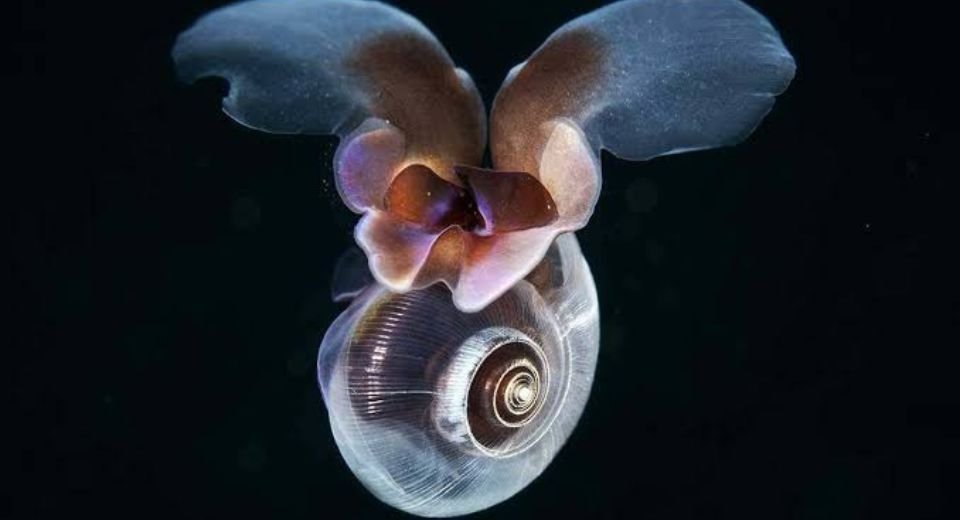HQ Team
June 11, 2025: Ocean acidification, a process by which the world’s oceans absorb excess carbon dioxide from the atmosphere, becoming more acidic, crossed a “planetary boundary” or safety limit five years ago, a study finds.
Damage to coral reefs, loss of habitats and a threat to survival for shell-building marine creatures are among the impacts already being felt across the Ocean from ocean acidification, according to a study by the UK’s Plymouth Marine Laboratory (PML), the US-based NOAA (National Oceanic and Atmospheric Administration), and CIMERS (Oregon State University).
Until now, ocean acidification had not been deemed to have crossed its “planetary boundary,” defined as a 20% aragonite saturation state change compared to pre-industrial times. The new findings highlight that the threat to marine ecosystems worldwide from ocean acidification is far more extensive than was previously understood.
Scientists have identified nine “planetary boundaries” – safety limits for Earth that should not be crossed to keep our planet healthy.
These include limits for climate change, loss of plants and animals on land and in the sea, ocean acidity, freshwater use, land use changes, pollution, and particles in the air. By 2023, six of these boundaries had already been breached.
Calcium carbonate
Using the latest physical and chemical measurements in the upper ocean, combined with advanced computer models and studies of marine life, the research team has concluded that by 2020, the average ocean condition worldwide was already very close to, and in some regions beyond, the “danger zone” for ocean acidification, according to a statement from Oregon State University.
When the researchers explored deeper into the ocean, about 200 meters below the surface, they discovered that around 60% of the deeper waters had crossed the safe limit, compared to 40% of the water at the surface.
This increase in ocean acidification has implications for the survival of many sea creatures, especially those that build shells or skeletons from calcium carbonate.
Selected tropical and subtropical coral reefs have lost 43% of their suitable habitats.
Sea butterflies (pteropods, a key foodweb species) in polar regions have lost up to 61% of their habitat, and coastal shellfish species have lost 13% of their global coastline habitats in which they can sustain their essential biological processes.
Breaching limits
Based on these findings, the scientists have recommended revising the previous safety limit, establishing that even a 10% change from pre-industrial levels would be harmful to ocean ecosystems.
The entire ocean surface had already passed this stricter limit by around the year 2000.
Looking across different areas of the world, the polar regions show the biggest changes in ocean acidification at the surface, said PML’s Professor Helen Findlay, who is the study’s lead author and chair of the North-East Atlantic Ocean Acidification (NEA-OA) Hub.
“Meanwhile, in deeper waters, the largest changes are happening in areas just outside the poles and the upwelling regions along the west coast of North America and near the equator.
“Most ocean life doesn’t just live at the surface – the waters below are home to many more different types of plants and animals. Since these deeper waters are changing so much, the impacts of ocean acidification could be far worse than we thought,” she said.
Blow to coastal communities
Ocean acidification also reduces the availability of calcium carbonate, a crucial building block that many marine organisms need to form shells and skeletons.
As pH levels drop, calcifying species such as corals, oysters, mussels, and tiny sea butterflies struggle to maintain their protective structures, leading to weaker shells, slower growth, reduced reproduction and decreased survival rates.
“Ocean acidification isn’t just an environmental crisis – it’s a ticking time bomb for marine ecosystems and coastal economies,” said PML’s Professor Steve Widdicombe, who is also Co-chair of GOA-ON, the Global Ocean Acidification Observing Network and the co-focal point for the UN’s Sustainable Development Goal (SDG) 14 Target 3.
“As our seas increase in acidity, we’re witnessing the loss of critical habitats that countless marine species depend on and this, in turn, has major societal and economic implications.
“From the coral reefs that support tourism to the shellfish industries that sustain coastal communities, we’re gambling with both biodiversity and billions in economic value every day that action is delayed,” he said.
